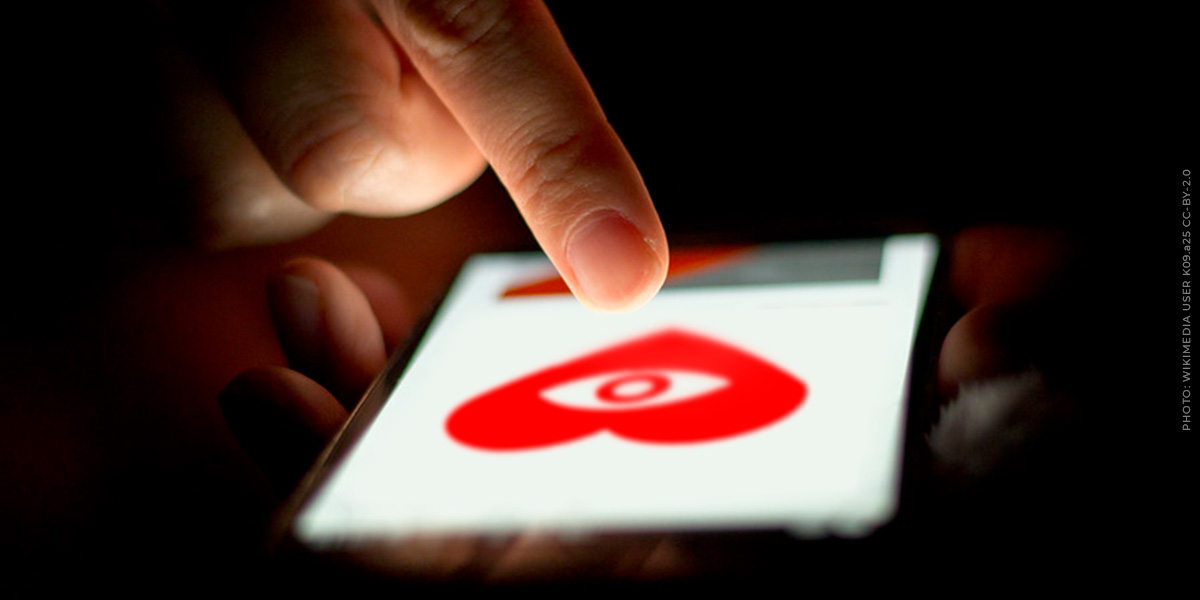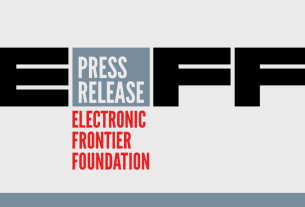Late last year, Bumble finally rolled out its updated privacy policy after a coalition of twelve digital rights, LGBTQ+, human rights, and gender justice civil society organizations launched a campaign demanding stronger data protections.
Unfortunately, the company, like other dating apps, has not moved far enough, and continues to burden users with the responsibility of navigating misleading privacy settings on the app, as well as absorbing the consequences of infosec gaps, however severe.
This should not be your responsibility—dating apps like Bumble should be prioritizing your privacy by default. This data falling into the wrong hands can come with unacceptable consequences, especially for those seeking reproductive health care, survivors of intimate partner violence, and members of the LGBTQ+ community. Laws should require companies to put our privacy over their profit, and we’re fighting hard for the introduction of comprehensive data privacy legislation in the U.S. to achieve this.
But in the meantime, here’s a step-by-step guide on how to protect yourself and your most intimate information whilst using the dating service.
Review Your Login Information
When you create a Bumble account, you have the option to use your phone number as a login, or use your Facebook, Google (on Android), or Apple (on iOS) account. If you use your phone number, you’ll get verification texts when you login from a new device and you won’t need any sort of password.
Using your Apple, Google, or Facebook account might share some data with those services, but can also be a useful backup plan if you lose access to your phone number for whatever reason. Deciding if that trade-off is worth it is up to you. If you do choose to use those services, be sure to use a strong, unique password for your accounts and two-factor authentication. You can always review these login methods and add or remove one if you don’t want to use it anymore.
- Tap the Profile option, then the gear in the upper-right corner. Scroll down to Security and Privacy > Ways you can log in and review your settings.
You can also optionally link your Spotify account to your Bumble profile. While this should only display your top artists, depending on how you use Spotify there’s always a chance a bug or change might reveal more than you intend. You can disable this integration if you want:
- Tap the Profile option, then “Complete Profile,” and scroll down the Spotify section at the bottom of that page. If the “Connect my Spotify” box is checked, tap it to uncheck the box. You can also follow Spotify’s directions to revoke app access there.
Disable Bumble’s Behavioral Ads
You don’t have many privacy options on Bumble, but there is one important setting we recommend changing: disable behavioral ads. By default, Bumble can take information from your profile and use that to display targeted ads, which track and target you based on your supposed interests. It’s best to turn this feature off:
- Tap the profile option, then the gear in the upper-right corner.
- If you’re based in the U.S., scroll down to Security and Privacy > Privacy settings, and enable the option for “Do not use my profile information to show me relevant ads.”
- If you’re based in Europe, scroll down to Security and Privacy > Privacy settings, and click “Reject all.”
You should also disable the advertising ID on your phone, helping limit what Bumble—and any other app—can access about you for behavioral ads.
- iPhone: Open Settings > Privacy & Security > Tracking, and set the toggle for “All Apps to Request to Track” to off.
- Android: Open Settings > Security & privacy > Privacy controls > Ads, and tap “Delete advertising ID.”
Review the Bumble Permissions on Your Phone
Bumble asks for a handful of permissions from your device, like access to your location and camera roll (and camera). It’s worth reviewing these permissions, and possibly changing them.
Location
Bumble won’t work without some level of location access, but you can limit what it gets by only allowing the app to access your location when you have the app open. You can deny access to your “precise location,” which is your exact spot, and instead only provide a general location. This is sort of like providing the app access to your zip code instead of your exact address.
- iPhone: Open Settings > Privacy & Security > Location Services > Bumble. Select the option for “While Using the App,” and disable the toggle for “Precise Location.”
- Android: Open Settings > Security & Privacy > Privacy Controls > Permission Manager > Location > Bumble. Select the option to “Allow only while using the app,” and disable the toggle for “Use precise location.”
Photos
In order to upload profile pictures, you’ve likely already given Bumble access to your photo roll. Giving Bumble access to your whole photo roll doesn’t upload every photo you’ve ever taken, but it’s still good practice to limit what the app can even access so there’s less room for mistakes.
- iPhone: Open Settings > Privacy & Security > Photos > Bumble. Select the option for “Limited Access.”
- Android: Open Settings > Security & Privacy > Privacy Controls > Permission Manager > Photos and videos > Bumble. Select the option to “Allow limited access.”
Practice Communication Guidelines for Safer Use
As with any social app, it’s important to be mindful of what you share with others when you first chat, to not disclose any financial details, and to trust your gut if something feels off. It’s also useful to review your profile information now and again to make sure you’re still comfortable sharing what you’ve listed there. Bumble has some more instructions on how to protect your personal information.
If you decide you’re done with Bumble for good, then you should delete your account before deleting the app off your phone. In the Bumble app, tap the Profile option, then tap the gear icon. Scroll down to the bottom of that page, tap “Delete Account” and follow the on-screen directions. Once complete, go ahead and delete the app.
Whilst the privacy options at our disposal may seem inadequate to meet the difficult moments ahead of us, especially for vulnerable communities in the United States and across the globe, taking these small steps can prove essential to protecting you and your information. At the same time, we’re continuing our work with organizations like Mozilla and Ultra Violet to ensure that all corporations—including dating apps like Bumble—protect our most important private information. Finding love should not involve such a privacy impinging tradeoff.



